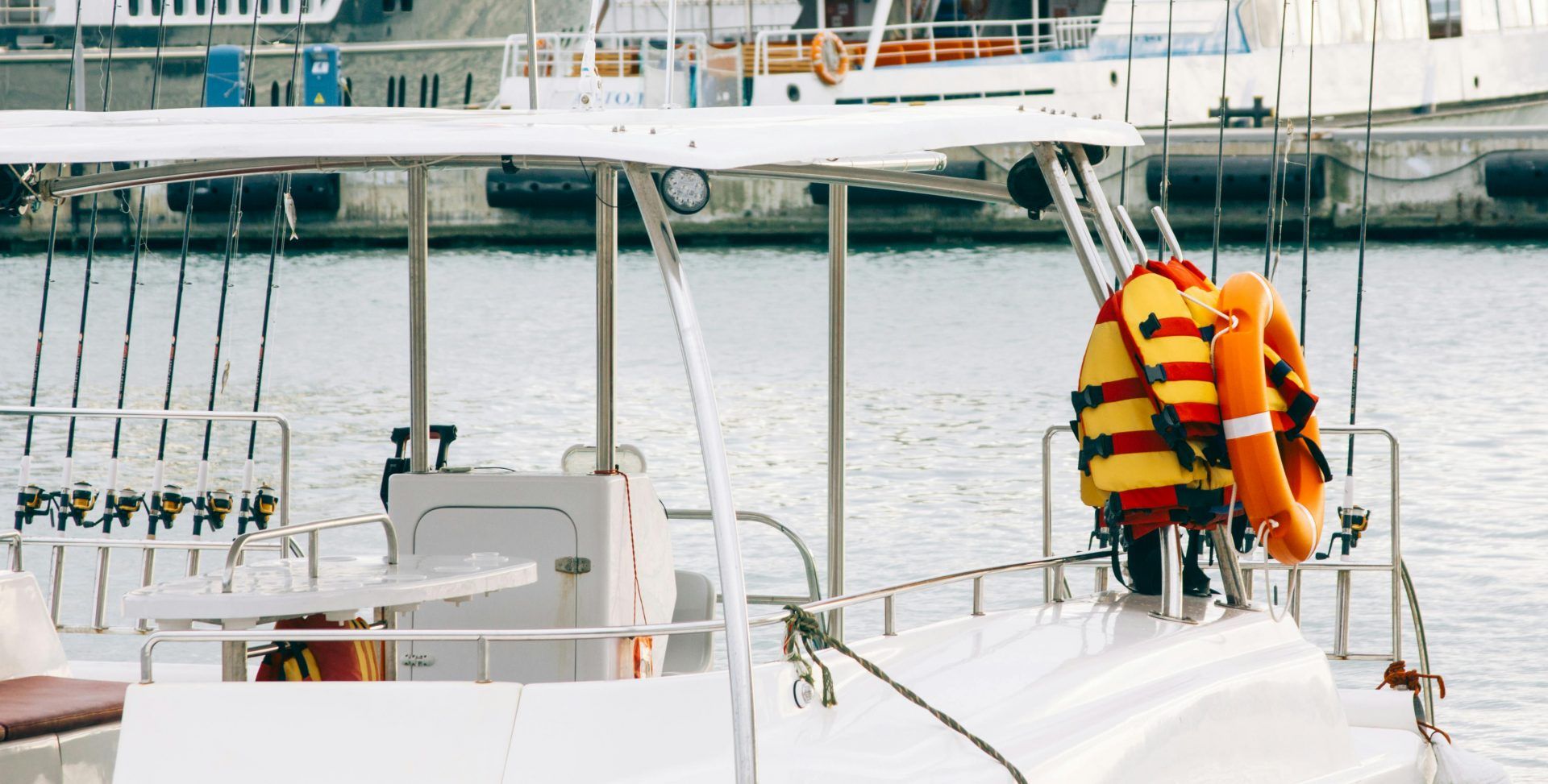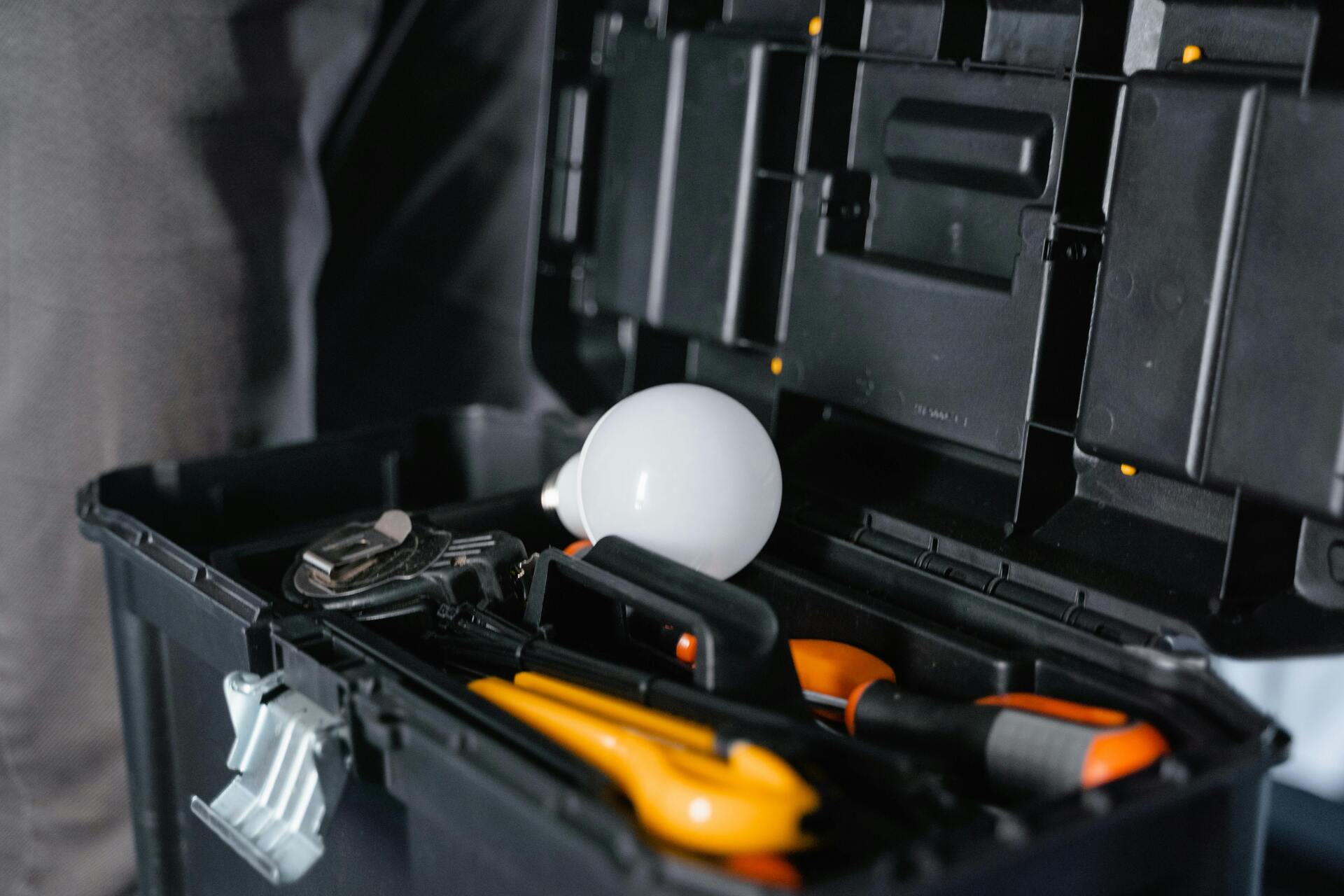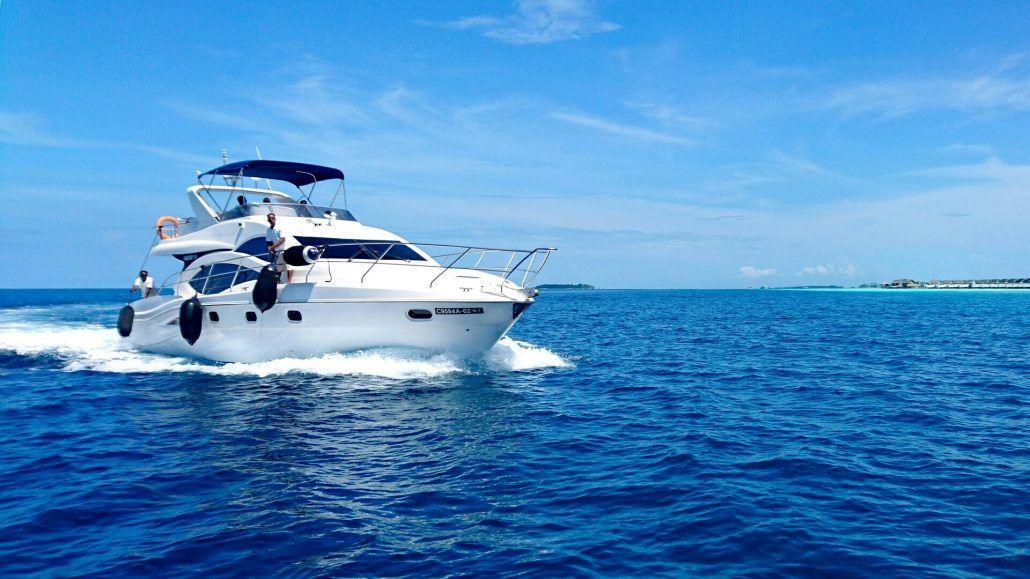Every maritime adventure holds endless possibilities for enjoyment, relaxation, and communing with nature from the beauty of the open sea. But before indulging in the irresistible pleasures of sailing, yacht maintenance must take precedence. Most notably, it is a good idea to take stock of your yachting equipment and gear before casting off. Here is a comprehensive list of equipment that every seafaring yacht should have — and why.
For many seafaring enthusiasts, the thought of owning a luxury yacht can be a dream come true. This is especially true considering the freedom it offers for exploring the open waters, discovering new horizons, and pushing the boundaries of a sailor’s personal limits. However, setting sail without the right equipment can quickly derail the dream, turning it into a nightmare.

Whether for a short coastal jaunt or a longer offshore journey, it is of utmost importance that you run through a checklist of essentials before setting sail. While many luxury yachts come fully equipped with gear and equipment for traversing the high seas, it pays off to compose a list of your own, owing to the specificities of different vessels as well as your personal requirements. In this article, we outline a list of equipment that every yacht needs for both safety and enjoyment on the high seas.
Why having a checklist is crucial
It goes without saying that a fully stocked pantry is crucial for living the high life out at sea. However, a yacht cannot truly be considered well-prepared until it has all the necessary gear for safety. While important, luxury and convenience take a back seat when it comes to safety and navigation, which are essential for a smooth voyage and for managing crises out at sea. A proper checklist can help sailors to stay organized before every trip, while also verifying that all necessary equipment is on board and in good working condition. It can also serve as a pre-emptive guide that helps seafarers prepare their vessels, making sure they comply with local maritime regulations
What equipment should a yacht have?
Safety equipment

When you’re out at sea with limited access to healthcare and emergency services, your choice of safety equipment could mean the difference between life and death. Keep your safety gear secure and in easily accessible spaces. Additionally, as the first order of affairs before you cast off, be sure to check that they are viable and in usable condition.
- Life raft, in date and suitable for your planned voyage
- Grab bag filled with survival essentials (i.e. first aid kit, water, et cetera)
- Flares for attracting attention
- Life jackets and harness lines
- First aid kit
- Emergency Position Indicating Radio Beacon
- Personal Locator Beacon
- Search and Rescue Transmitter
- Satellite pager
- Lifelines or jacklines
- Horse Shoe buoy
- Radar reflector
- Gas alarm detector
- Fire extinguisher and blanket
- Sailing bungs
- Torches, plus spare batteries
- Safety knife
- Emergency tiller
Maintenance equipment

While it is important to perform a full check before casting off, nature’s unpredictability together with technological malfunctions can sometimes mean that repairs must be done while out at sea. In the event of electronic or mechanical failure, you’ll want to make sure you have the necessary spare parts on hand to perform emergency repairs.
Often, this can include equipment and gear like the following:
- Engine spares including impeller, belts, filters, fuel, plus engine and transmission oil
- Toolbox including screwdrivers, adjustable spanner, Allen keys, Stanley knife, oil filter wrench, mole grip, et cetera
- Hacksaw
- Bolt cutter
- Spare fuses and bulbs
- Zip ties
- Jubilee clips
- Socket set
- Whipping twine
- Sail repair tape and electrical tape
- Switches and circuit breakers
- Disposable gloves
- V-belt
- Coolant and cooling water
Navigational and operational equipment

Beyond the equipment already attached to the yacht, additional gear is required to keep your vessel smooth sailing. It takes precision, awareness, and the right tools to navigate the open waters. These devices and instruments will not only help you to chart a proper course and stay on track; they will also play an important role in ensuring your safety.
- Main and kedge anchors
- Mooring lines
- Anchor ball
- Boat hook
- Shore power connection
- Ensign and Courtesy flags
- Compass, handheld and fixed
- Paper charts and almanacs
- Binoculars
- Boat and yachting documents as well as voyage permits, if necessary
- Navigational aids, including Portland plotter, dividers, and stationery like pencils and notepads
- Chart plotter
- Barometer and anemometer
- Automatic Identification System
- VHF radio, handheld and fixed
- Depth gauge
Equipment for the galley and living quarters

In the case of longer voyages where weeks are spent at sea at a time, a functional galley plus living quarters with all the necessary equipment is of utmost importance. A well-equipped galley is the heart of any vessel, marking the difference between a mere ship and a floating home with all the creature comforts of life on shore. The wherewithal to prepare and cook meals, oftentimes including freshly caught seafood, can significantly improve life onboard. Likewise, filling your living quarters with essential gear including sufficient bedding and linens can enhance the overall experience of your maritime adventure, ensuring optimum comfort and satisfaction.
- Fresh water tank, plus waste management
- Holding tank
- Refrigerator
- Stove, plus gas cylinders
- Kitchen equipment, including utensils, cutlery, dining ware, and pots and pans
- Bed linens and towels, plus personal toiletries
- Sufficient groceries, plus emergency rations and supplies
- Knifes, plus a chopping board
- Tin openers, bottle openers, and corkscrews
- Dishwasher
- Cleaning materials, including detergent, dustpan, brush
- Laundry essentials, plus clothes pegs
- Matches and candles
(Main and featured image: Alina Kacharho/Unsplash)

